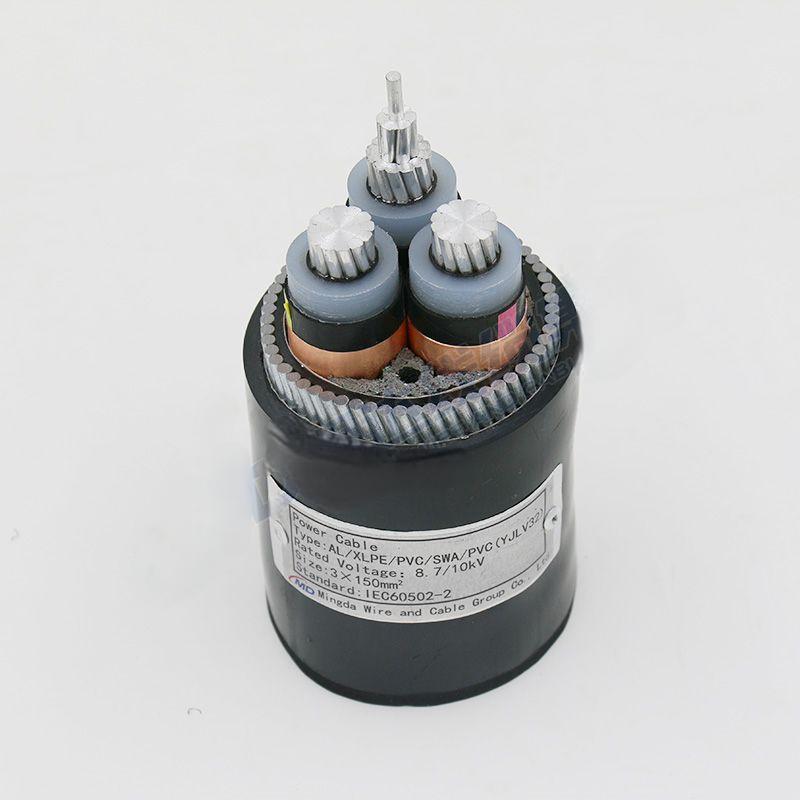Dec . 23, 2024 13:42 Back to list
Lined Butterfly Valve for Enhanced Performance and Leak Prevention in Industrial Applications
The Lined Butterfly Valve An Essential Component in Modern Industry
In today’s industrial landscape, the demand for efficient and reliable fluid control systems is continuously increasing. Among various types of valves, the lined butterfly valve has gained particular attention due to its unique characteristics and versatile applications. This article delves into the construction, advantages, and applications of lined butterfly valves, showcasing why they are essential in modern industrial processes.
Construction and Design
A lined butterfly valve consists of a circular disc, also known as a butterfly, which rotates around a central axis. This mechanism enables the valve to regulate fluid flow effectively. What sets lined butterfly valves apart from traditional counterparts is their lining material, typically made from fluoropolymers such as PTFE (Polytetrafluoroethylene) or PFA (Perfluoroalkoxy), which provides exceptional chemical resistance and thermal stability.
The valve body is manufactured from materials such as carbon steel, stainless steel, or ductile iron, depending on the intended application. The lining is applied to the inner surface of the valve, creating a protective barrier between the valve components and the fluid. This design not only enhances durability but also prevents corrosion, making lined butterfly valves suitable for handling aggressive chemicals and varying fluid types.
Advantages of Lined Butterfly Valves
1. Corrosion Resistance One of the primary benefits of lined butterfly valves is their resistance to corrosive environments. The lining material effectively shields the valve body from chemical attack, thereby extending the lifespan of the valve and reducing maintenance costs.
2. Lightweight Compared to other valve types, lined butterfly valves are relatively lightweight. This characteristic simplifies installation and reduces support requirements, making them an ideal choice for applications where weight is a critical factor.
3. Simple Operation The design of butterfly valves allows for easy and smooth operation. They can be operated manually or automated using electric or pneumatic actuators. This versatility makes them suitable for various applications where precise control of flow is essential.
4. Low Pressure Drop Lined butterfly valves offer a minimal pressure drop when fully opened. This feature is particularly crucial in process systems where maintaining pressure is vital for operational efficiency.
lined butterfly valve

5. Wide Range of Applications Lined butterfly valves can handle a diverse array of fluids, including aqueous solutions, slurries, and gases, across different industries. Their capability to function effectively in extreme temperatures and pressures further enhances their application scope.
Applications in Industry
Lined butterfly valves are used in numerous industries due to their remarkable attributes. Here are a few key sectors where these valves excel
1. Chemical Processing The chemical industry frequently utilizes lined butterfly valves to manage the flow of corrosive substances. The ability to withstand harsh chemicals without degrading ensures that production processes run smoothly and safely.
2. Food and Beverage In food processing plants, hygiene and safety are paramount. Lined butterfly valves, with their easy-to-clean surfaces and resistance to bacteria, make them an excellent choice for controlling the flow of liquids and gases in this sector.
3. Water Treatment Water treatment facilities require reliable and durable components that can handle varied water qualities. Lined butterfly valves are ideal for this application, as they can effectively manage the flow of treated and untreated water without risking corrosion.
4. Pharmaceuticals The pharmaceutical industry relies on strict standards for cleanliness and reliability. Lined butterfly valves can meet these requirements, ensuring consistent and contamination-free production processes.
5. Power Generation In power plants, both traditional and renewable, lined butterfly valves are employed to regulate steam and cooling water. Their ability to handle high pressures and temperatures makes them essential in optimizing energy production.
Conclusion
Lined butterfly valves are a crucial component of
Share
-
Reliable Wafer Type Butterfly Valves for Every IndustryNewsJul.25,2025
-
Reliable Flow Control Begins with the Right Ball Check ValveNewsJul.25,2025
-
Precision Flow Control Starts with Quality ValvesNewsJul.25,2025
-
Industrial Flow Control ReliabilityNewsJul.25,2025
-
Engineered for Efficiency Gate Valves That Power Industrial PerformanceNewsJul.25,2025
-
Empowering Infrastructure Through Quality ManufacturingNewsJul.25,2025